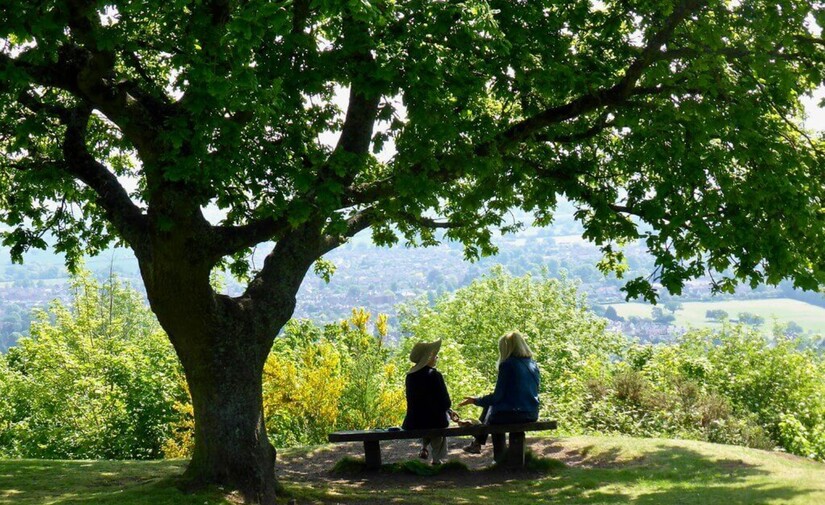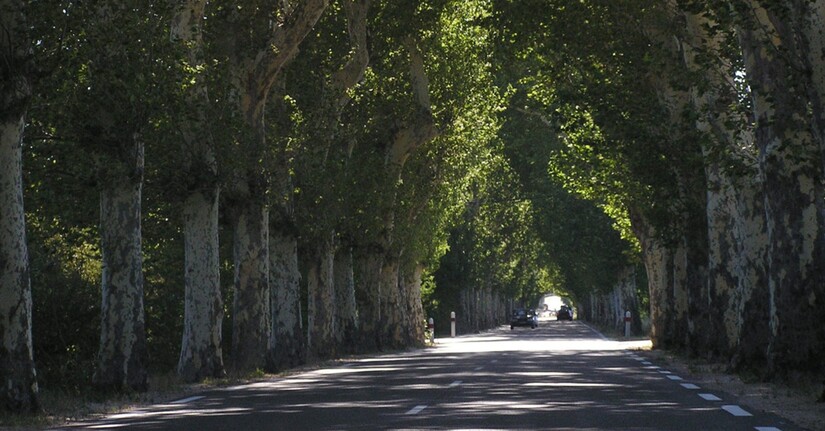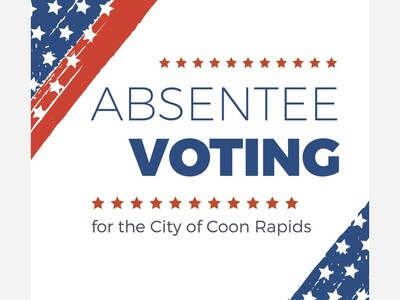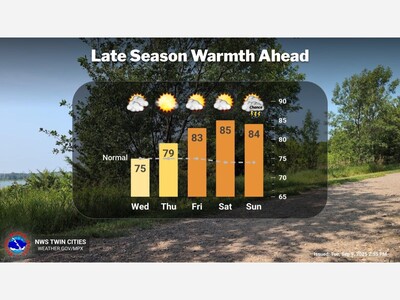Minnesota Study Reveals Shade Trees Can Slash Summer Energy Bills By Half: Eden Prairie Endorses Green Cooling Strategy
Minnesota Study Reveals Shade Trees Can Slash Summer Energy Bills By Half: Eden Prairie Endorses Green Cooling Strategy
In the midst of escalating summer energy costs, a simple yet effective solution has emerged from the green thumbs of environmental experts. A recent study by the Minnesota Department of Natural Resources highlights the cooling power of strategically planted shade trees. The department asserts that homeowners can cut their summer energy bills by up to 50% by planting trees, especially on the south and west sides of their homes. The cooling effect generated by shade trees reduces the reliance on air conditioning, acting as a natural barrier against the searing heat.
Source: City of Eden Prairie
Eden Prairie's own report supports these findings, emphasizing the benefits of such a green initiative not only for individual savings but also for the broader impact on urban heat islands and carbon emissions. Unfortunately, an oversight in their reporting slightly underestimated the percentage of energy savings, which does not detract from the broader message that the foliage of deciduous trees, the kind that sheds its leaves during the winter, allows the sun’s warmth to permeate during colder months while providing much-needed shade during the summer blaze.

The long-term impact of such environmental solutions on community infrastructure and public health cannot be overstated. The shade from these trees not only cools homes but also contributes to cooler street temperatures, mitigating the heat island effect often found in urban areas. This, in turn, can lead to broader societal gains, such as reduced heat-related illnesses and lower overall energy demand during peak times, which are crucial for maintaining the stability of the energy grid.

For residents interested in joining the canopy crusade, the Minnesota Department of Natural Resources offers resources and guidance on tree care and selection. One key piece of advice is to consider the size and species of trees to ensure they provide maximum shade without interfering with infrastructure such as power lines. In an age where energy conservation is increasingly intertwined with daily lifestyle choices, the integration of nature's own cooling systems into urban planning represents a step towards sustainability that resonates with both the pockets and the ethos of environmentally conscious citizens.
SOURCE: hoodline













